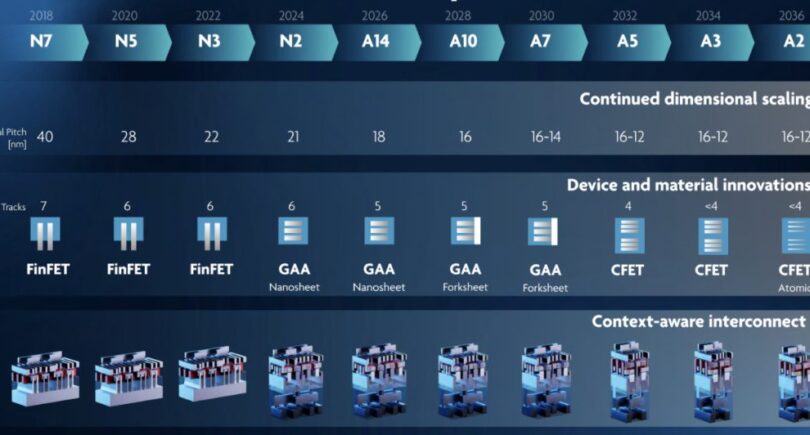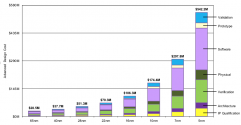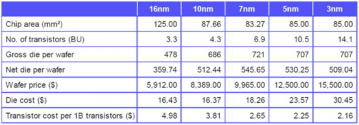I wouldn't underestimate the value of trailing edge nodes. While value-based marketshare and thus the leading edge nodes is what matters in peace time, trailing edge nodes is what matters when crap hits in the fan. As the Russian sanctions have shown, while their commodity based economy may not be valued much in dollar terms, when the world can't function without your commodity your economy matters a heck a lot more than can be measured in dollars.
The world can function fairly well without <10nm chips, but it can't without the commodity chips. Every electronic item needs them, from your $10 Casio watches to $100 microwaves to $1000 refrigerators to $50k EVs. Also like oil/gas production, even when other countries have the capability to step up production, they won't be able to do it quickly and it's a sector with diminishing returns so people are less willing to invest in them. If China can capture as much of the commodity chip market as Russia did the fossil fuel/agricultural sector in the world, it would be a very potent insurance against blanket sanctions that Russia is facing.
The defination of "trailing edge" evolves from time to time。Ten years ago 28nm was considered "advanced node",now it is classified as mature node by industry。What was the most powerful computer 30 years ago is obsolete now and is much weaker than your smartphone processor, In the world of semiconductors nothing is constant,so don't expect you can survive without evolving。
You say “The world can function fairly well without <10nm chips”。Well,it depends on the degree of "fairly well"。Mankind has been living without semiconductor chips for thousands of years already,so yes chips are not necessary for human survival。But Todays world can not function as it is with old chips like those from 1970s, as I said above,chips are constantly evolving including trailing edge nodes。







